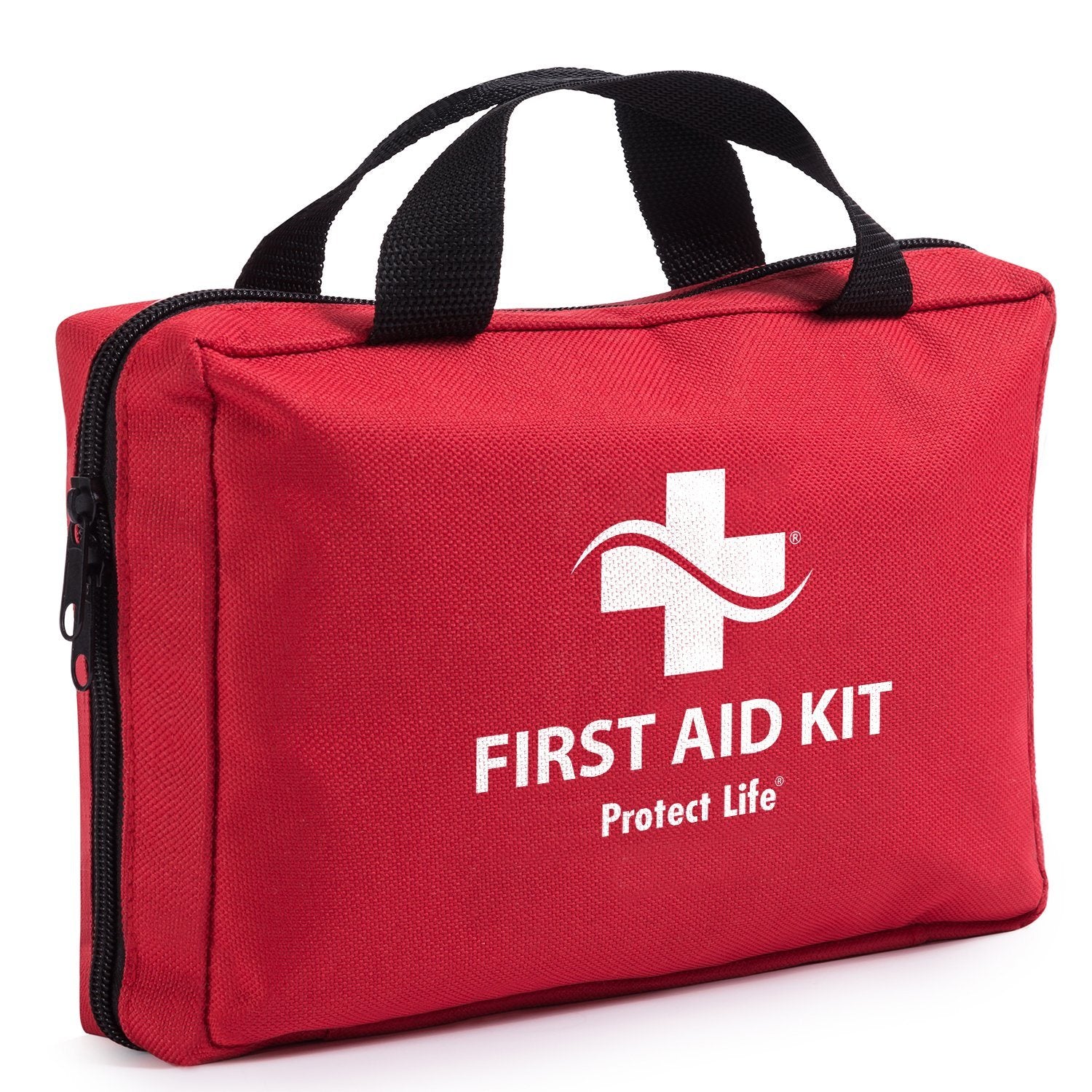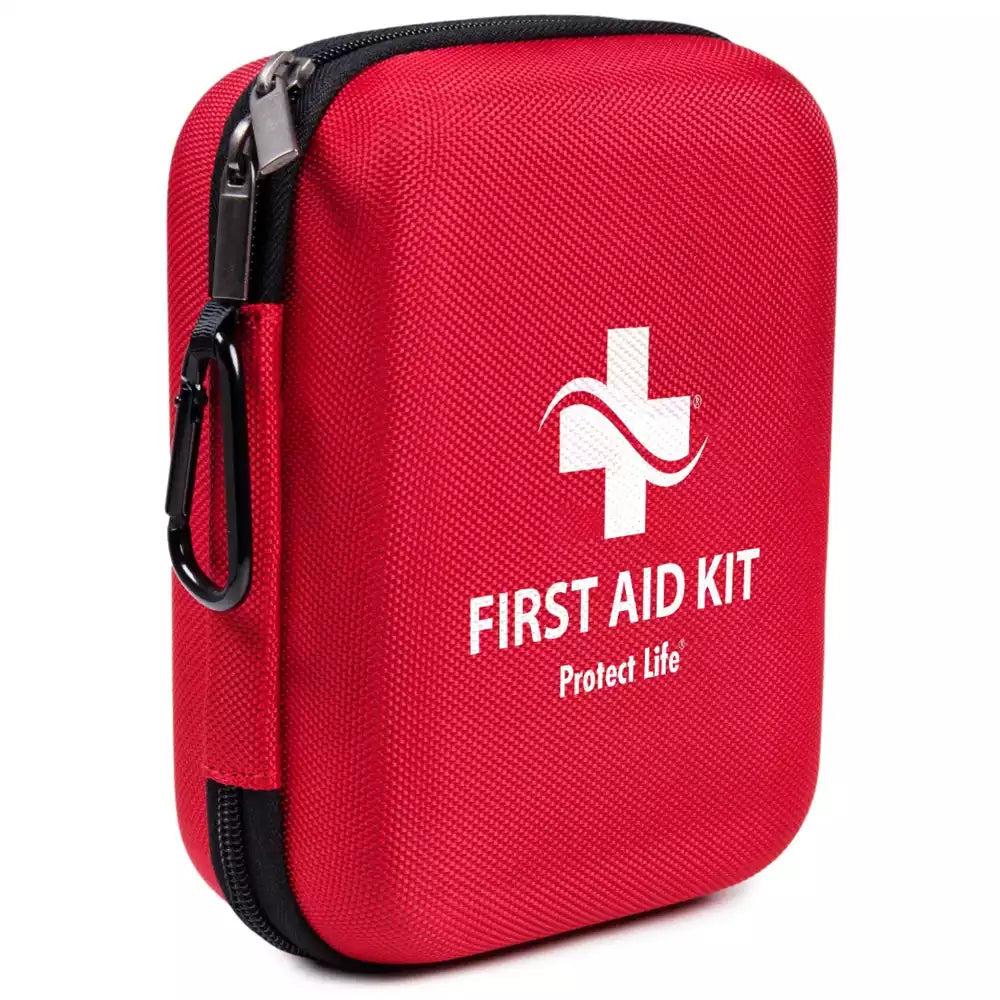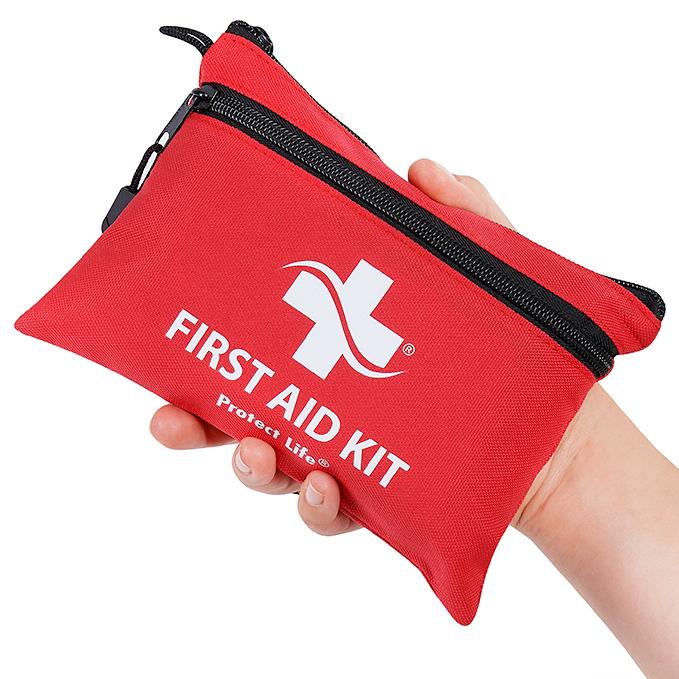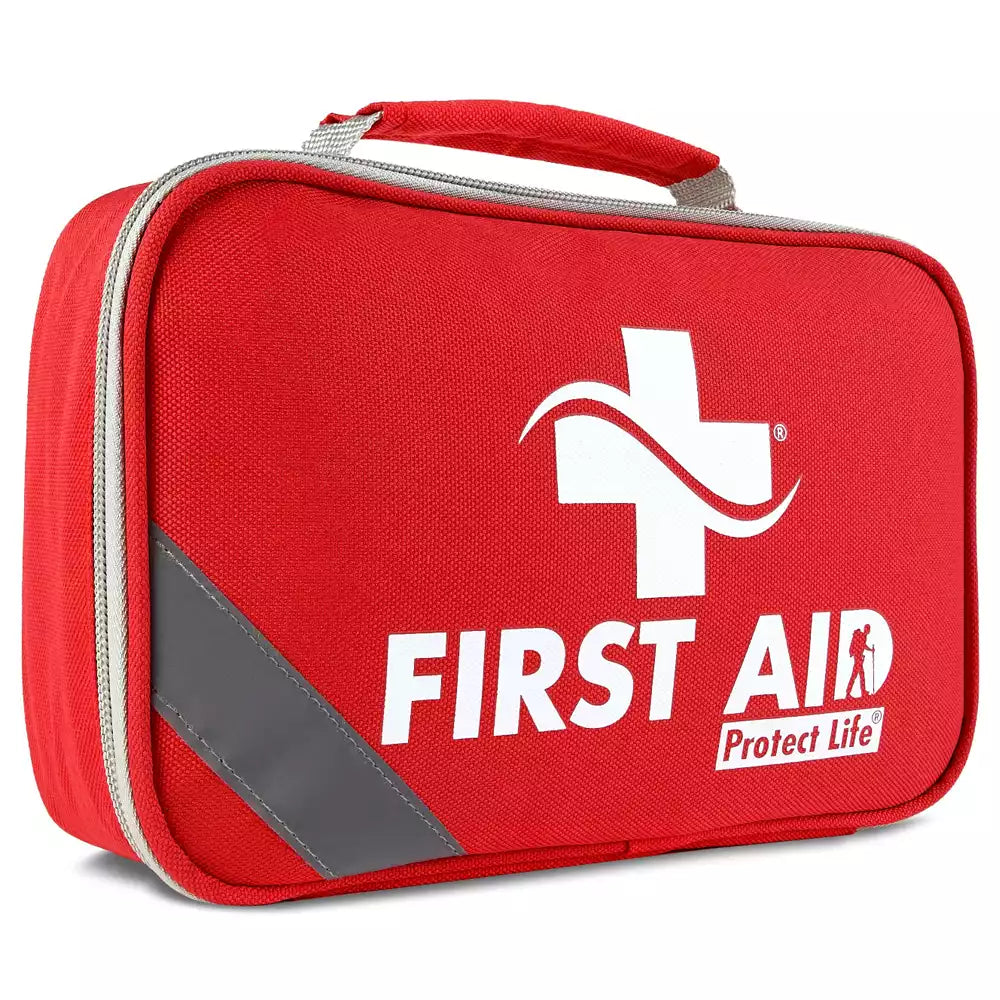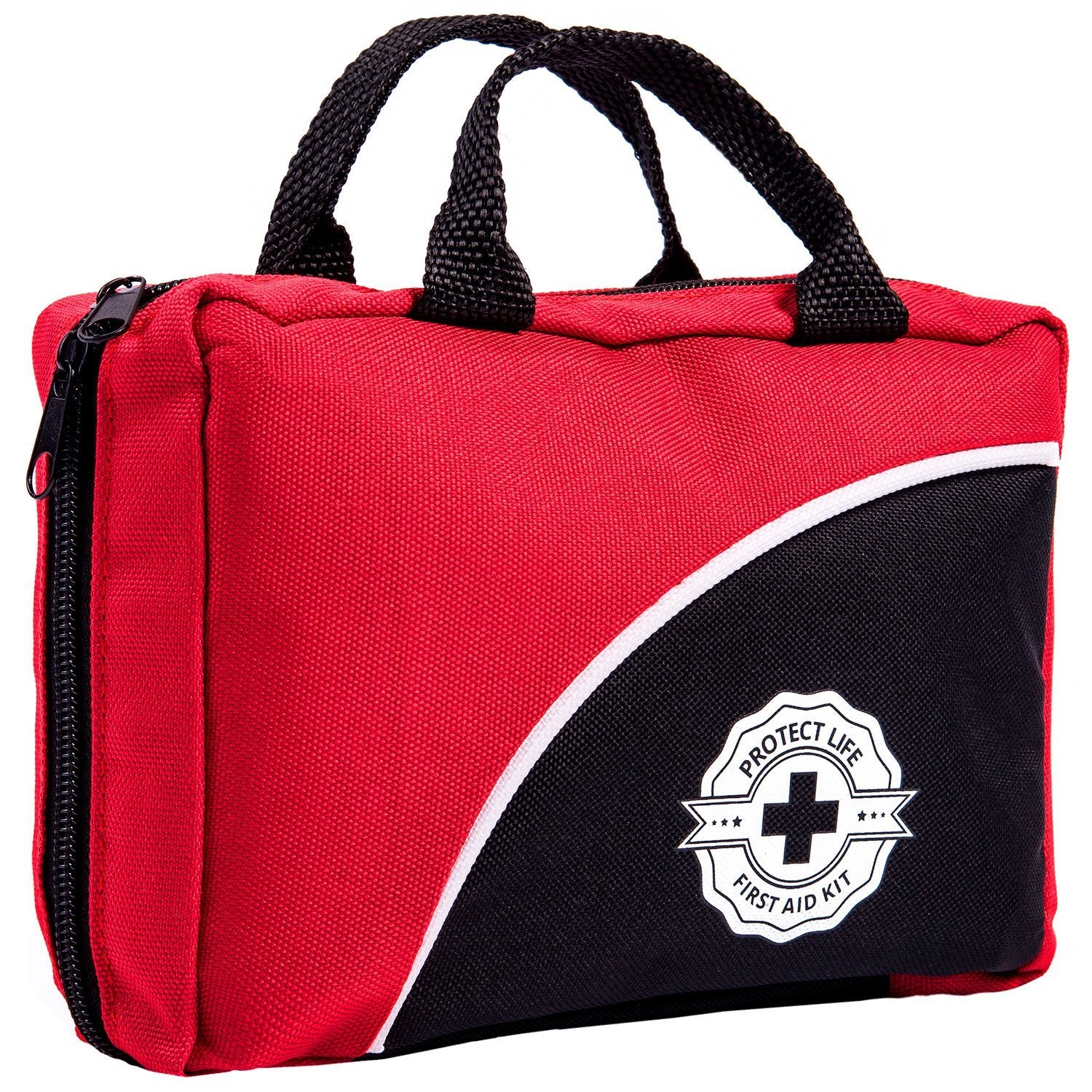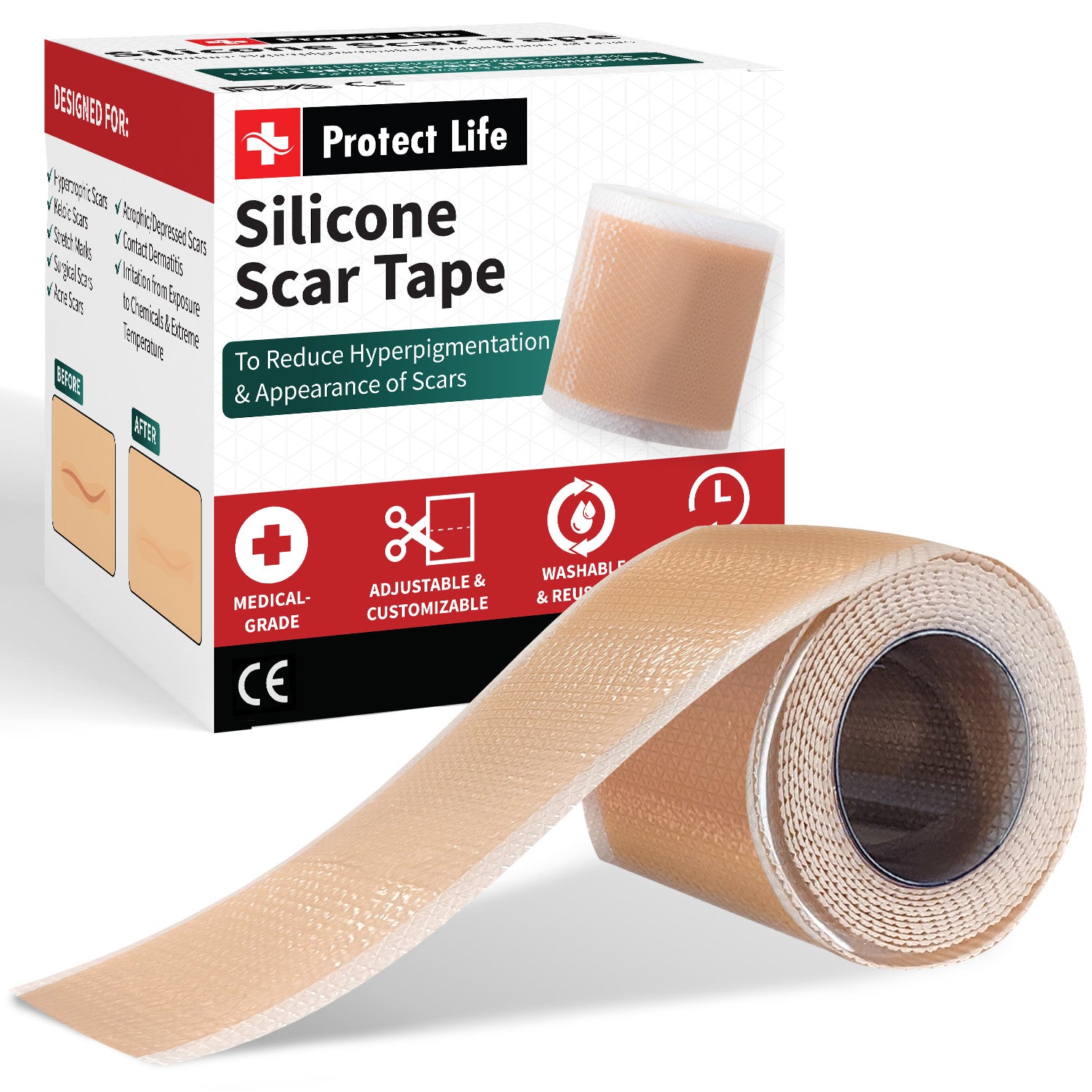Whether you are a professional carpenter, renovator or something similar, or whether you are a weekend warrior crafting random stuff from time to time, you definitely need a mask to protect you from dust, smoke, paint and various other substances that can enter your lungs. Some of them are dangerous and can even threaten your life.
But there is a wide variety of dust masks out there and most people do not know exactly which one to choose. You need to pick the right type based on the work that you are doing and on the dangerous substances that you are handling.
In this article, we will take a look at various masks and levels of protection, and help you pick the right one for your needs. Besides having the right mask, it is also imperative to wear it correctly. Having a mask with the wrong size or improper fit, or having a beard will make the mask ineffective and put your health in danger.
Masks Ratings
There are multiple ratings given to masks like P95, N100, OV and so on. But what do they mean? Here is a quick breakdown:
- N – Not resistant to oil
- R – somewhat Resistant to oil
- P – strongly resistant to oil (oil Proof)
- OV – organic vapors

The most common ones are the N and the P masks. So in case you are working with oils (for example oil-based paints or aerosols), then you should choose a P rated mask. If you are only working with dry particles without oils, then you can use an N rated mask.
95 Dust Mask or 100 Dust Mask?
Besides the letter, you will also see a number which is usually 95, 99 or 100. This number refers to the percentage of particles that are 0.3 micrograms or larger and which are filtered by the mask. So a N95 dust mask will filter 95% of those particles and will be enough for someone who is not working with hazardous materials. Of course, it would be ideal to always wear a 100 mask that doesn’t let any particles go through, but those masks are also more expensive.
These masks are only used once, so if you are a professional using them every day, the costs will add up. For woodworking and carpentry, as well as for medical workers that want to keep bacteria and viruses away, the N95 masks are good enough. When working with danger particles, lead paint, spray paint or asbestos, a 100 mask should definitely be used.
Organic Vapor Masks (OV)
This rating will appear beside the previously mentioned ones. So you can have an N95/OV mask or a P100/OV mask or any other combination. This type has a filter with granulated charcoal that protects you from solvents such as acetone, xylene, mineral spirits, and others. These substances produce strong vapors that can give you a headache or put your health in danger.
So when spraying or brushing paints based on oil, lacquers, chemical strippers, and other substances that produce organic vapors, definitely use a P100/OV mask.
Types of Masks
So we saw the ratings, now let’s take a look at the most common types of dust masks:
1. Nuisance Masks
These are the most basic and cheapest masks, and they are not approved by NIOSH (the National Institute for Occupational Safety and Health). They are used for basic household activities, grass clipping or by some medical staff, but they don’t provide any protection. This mask is definitely NOT suited for dangerous chemicals or vapors!
2. Disposable N95 Dust Mask
They offer protection against a variety of particles and substances, except for lead paint, asbestos or mold. They can be used for woodworking, carpentry, cleaning, and various other activities, and they are also cheap and lightweight. The Protect Life N95 Dust Masks are NIOSH approved and provide great protection at an affordable price!
3. Washable N95-99 Masks
Unlike the disposable ones, these masks can be washed and used multiple times. They are available in various colors and styles, but be aware that they are not available in the 100 version. So if you are working with hazardous materials, they are not enough.
4. Half Mask Respirators
These are larger and heavier than disposable masks but can be used for a longer period of time. They have cartridges that can be switched, so, for example, you can now use a P100 version and then switch to an OV when needed. Of course, they are also more expensive than disposable N95 masks. Make sure to clean them thoroughly, otherwise, they can develop mold from moisture and sweat.
So now you know the most common types of masks and their ratings. For high-quality NIOSH approved N95 masks, make sure to visit this link.



